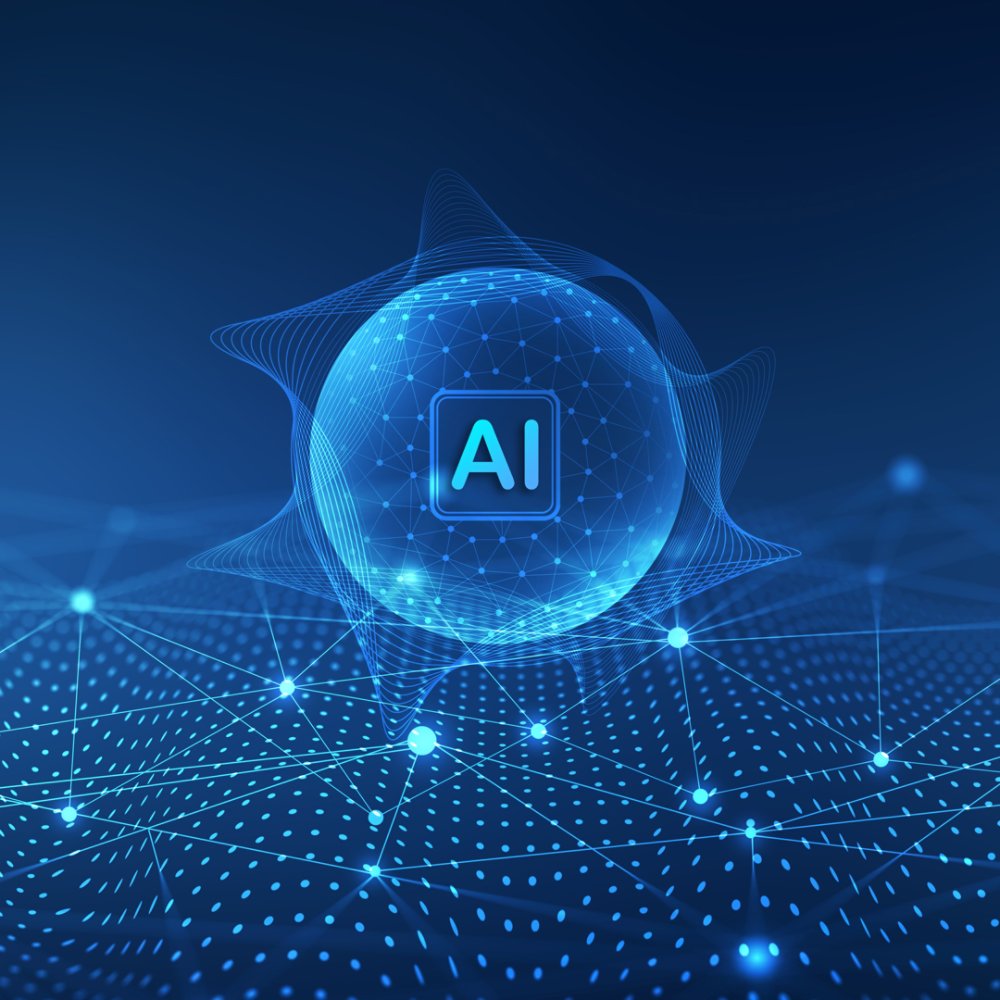I've been at the leading edge of every major digital transformation, from the advent of the Internet to cloud computing's explosion.
I didn't just observe these waves of change; I lived them, building products and leading teams through each shift. And here's what I've learned: Every single technology transformation fundamentally reimagines something we once believed to be fixed.
Today’s business leaders are navigating a phenomenon I haven't yet seen, with three massive forces converging simultaneously: Geo-political fracturing and disruption, the explosive emergence of AI, and a fundamental reshaping of the social contract between workers and enterprises. Tasked with stewarding global enterprises into the unknown, leaders face urgent challenges and choices that will profoundly shape industry and society well into the future.
According to The Kyndryl Readiness Report 2025—a survey of 3,700 senior executives across 21 countries and 24 industries—just 31% of enterprise leaders feel prepared for these myriad external risks and ongoing upheavals. Two-thirds of respondents reported feeling unprepared for geopolitical disruption and 56% expressed concern about economic disruption.
Those concerns are warranted. That’s why this isn't a moment for incremental adjustment; it's a reckoning. And after watching leaders succeed and fail through previous transformations, I firmly believe emerging patterns should serve as both a warning and opportunity.
Building by design
We're witnessing the unraveling of eight decades of globalization, including the period that saw the birth and wiring of the digital economy. This extends far beyond trade policy or supply chains, encompassing a fundamental reframing of the digital infrastructure and informing the evolution of business strategies and decision-making across every sector. As geopolitical tensions rise and nations assert sovereignty, data has become a strategic asset closely tied to national security, economic competitiveness, and political power.
Because regulatory frameworks frequently lag behind innovation, the rules governing industrial-grade data sovereignty—where it lives, how it moves, and who controls it—are being re-written on the fly. Meanwhile, 70% of leaders reported feeling unprepared for evolving policies, 83% said emerging regulations are putting pressure on their IT decisions, and 75% reported concern about geopolitical risks associated with global infrastructure.
This moment reminds me of the cloud's early days—we need only look to the cloud transition for an example of what not to do. Seventy percent of CEOs admit their cloud environment was built by accident rather than design; something I witnessed firsthand while leading AWS's Americas Practice for Operations Integration, where we helped enterprise customers transform their operations for cloud adoption. Organizations were eager to "move to the cloud" without asking fundamental questions about people alignment, governance, or long-term implications. They optimized for speed and, in many cases, cost-cutting, without reimagining their organizational approach.
The organizations that struggled treated cloud migration and the shift in infrastructure as solely a technical problem to delegate to cloud providers. The ones that thrived recognized it as requiring a fundamental shift in their operating model to create a competitive advantage. They weren’t asking, "How do we replicate what we have?" Instead, they were considering, "How do we reimagine our entire operating model?”
As geopolitical complexity continues to increase and the regulatory landscape around data evolves globally—with frameworks like GDPR, various national data laws, and emerging regional requirements—the same principle applies. Infrastructure decisions are strategic decisions that need to be made with intentionality. The companies that succeed will be the ones asking, "What becomes possible now that wasn't before?"
Whether you're thinking about data residency, cloud architecture, or AI deployment—build by design, not by accident. Build flexibility and resilience into your foundation.
Infrastructure decisions are strategic decisions that need to be made with intentionality.
Reimagination vs. optimization
The second pressure point leaders face revolves around how to approach AI implementation, following a familiar pattern from previous technology waves. And frankly, this is where most organizations get stuck. During e-commerce's emergence, I watched companies roll out "digital catalogs," simply putting their existing store offerings online. They optimized their existing model when what e-commerce actually required was a reimagining of the entire exchange. Amazon didn't just sell books faster; it reimagined product discovery, personalization, and how to measure value.
The same pattern played out with mobile. The organizations that thrived didn't just make their websites work on smartphones; they reimagined customer engagement from the ground up. At Trust Digital (acquired by McAfee in 2010), we were building enterprise mobility management solutions for government and Global 2000 companies as smartphones emerge. The transformational companies were asking, "What becomes possible when technology is always present with the customer?"
This current transformation also demands reinvention, and the stakes are even higher. After all, the AI market size is projected to surpass $1 trillion by 2031.1 In the past year alone, one-third of leaders raised their spending on AI by 11–25%; and more than a quarter increased it by 26–50%, according to the Kyndryl report. Here's where the old habits often sneak in: While 54% of leaders reported finding positive ROI on AI investments, 72% say they've started more pilots than they can realistically scale, and nearly 6 in 10 AI projects stall after proof-of-concept. Many organizations get stuck in the “pilot trap”—running numerous experiments that never scale, essentially creating “innovation theater.”
The organizations that succeed don't just leverage technology to optimize current practices. They also reimagine what's possible, the way Netflix reimagined entertainment access, and Uber reimagined urban transportation.
This transformation mindset only works if it's approached with intentionality. Responsible AI provides the framework—an operating model combining culture, people, process, and technology to maximize benefits and minimize risks. After leading teams through cloud migration, I know that without this foundation, companies implementing AI will repeat the same mistakes and get a similar result: one that’s messy, unplanned, hard to scale, and built by accident.
Here's what avoiding the pilot trap looked like in practice: As Americas Practice Lead, I didn't help customers move one application to test the cloud. Instead, I worked with them to prepare their entire operational foundation first—establishing governance frameworks, modernizing integration patterns, training teams on cloud-native practices, and building monitoring capabilities. When they migrated workloads, both the infrastructure to scale and the people were ready. I guided their investment in change management and upskilling pathways, so employees shaped their own experiences, while centers of excellence drove adoption of cloud best practices.
My advice for leaders? Stop treating AI as a technology problem and start treating it as an opportunity to fundamentally reshape how you create value. Before launching your next pilot, ask: "What becomes possible that wasn't possible before? What new value can we create?" And establish principles that define your commitments to safety, security, fairness, transparency, and inclusiveness across the entire AI lifecycle. Not after deployment. Not when regulations force you. Now.
What becomes possible that wasn't possible before? What new value can we create?
Leading human transformation
The third pressure point is the most human one, and probably where my experience matters most. WalMart CEO Doug McMillon recently made headlines for predicting that “AI is going to change literally every job.”2 He’s not alone: The Kyndryl Readiness Report 2025 found that 87% of leaders expect significant changes to roles and responsibilities within 12 months due to AI. Start-ups are raising more money, but hiring fewer workers.3
After leading teams through every major technology shift, I know that technology alone doesn't determine outcomes. What does? Culture does. Leadership does. Simply put, how leaders engage people determines whether transformation succeeds or stalls. The data confirms what I've experienced: Half of CEOs say their workforce moves too slowly. 48% say culture stifles innovation. And only 43% of non-technical employees use AI weekly. Meanwhile, adaptable cultures are 22 points more likely to report IT readiness and 15 points more likely to achieve positive AI ROI.
What made the difference in transformations I led?
Radical transparency: I’ve watched organizations try to hide what was coming in hopes of minimizing disruption. It doesn’t work. People are most afraid of change without agency. The successful transformations I led started with honest conversation: "Here's what's changing. Here's what we don't know yet. Here's how we'll figure it out together."
Intentional inclusion: Diverse perspectives aren't nice-to-have. They're how you see around corners, because the people closest to problems often spot opportunities first. In my work now, I see a generation of leaders, many from underrepresented backgrounds, who refuse to accept that innovation requires human sacrifice. They're demanding technology serve humanity's highest aspirations. That's the mindset we need.
Augmenting human capability: If your people know how to learn, adapt, and think critically about technology's role, they can navigate any wave. Previous labor revolutions often displaced humans’ physical abilities (i.e. the transition from manual horse-and-buggy maintenance to assembly-line auto engineering). While AI is distinct in targeting our cognitive abilities, history shows that technological advancements always change the nature of work. Done right and executed responsibly, AI can level the playing field for marginalized and underserved communities, help tackle problems once thought unsolvable, and accelerate breakthroughs.
Beyond the bottom line
Today’s CEOs are not simply overseeing corporations or day-to-day operations. They aren’t merely managing share prices or juggling stakeholders. Instead, they are stewarding institutions through a period of historic transformation, and their decisions will determine the contours of trust, technology, and work for decades to come.
How do they prepare? Having navigated every major wave, I can tell you that preparation isn't about predicting the future. It's about building organizational muscles for continuous reimagination.
Here's what that looks like:
- Develop pattern recognition. Study how your organization responded to previous tech waves. Did you lead or follow? Optimize or reimagine? What enabled success or caused resistance?
- Create cultures of intentional inclusion. The waves that create the most value expand opportunity, not just concentrate it. Each previous wave democratized something scarce: communication, retail reach, computing access, infrastructure. AI can democratize capability—if we choose that path.
- Build by design, not by accident. Whether it's data architecture, AI implementation, or workforce transformation, don't let your AI story be accidental.
- Learn from past mistakes. Social media taught us that technology changing human behavior has consequences we don't always anticipate. It gave us connection and polarization. It democratized voices and created new power concentrations. As we approach AI, we must ask: What are we learning about responsible innovation?
After nearly 30 years at the forefront of technology transformation, here's what I believe: The best technology wave is the one we build together—intentionally, inclusively, responsibly. That future isn't guaranteed, but it's absolutely possible. AI can be a bridge, not a barrier. We get to choose.
The tipping point is here. The question is whether today's leaders are ready to reimagine, not just optimize.
Have questions or want to learn more?









